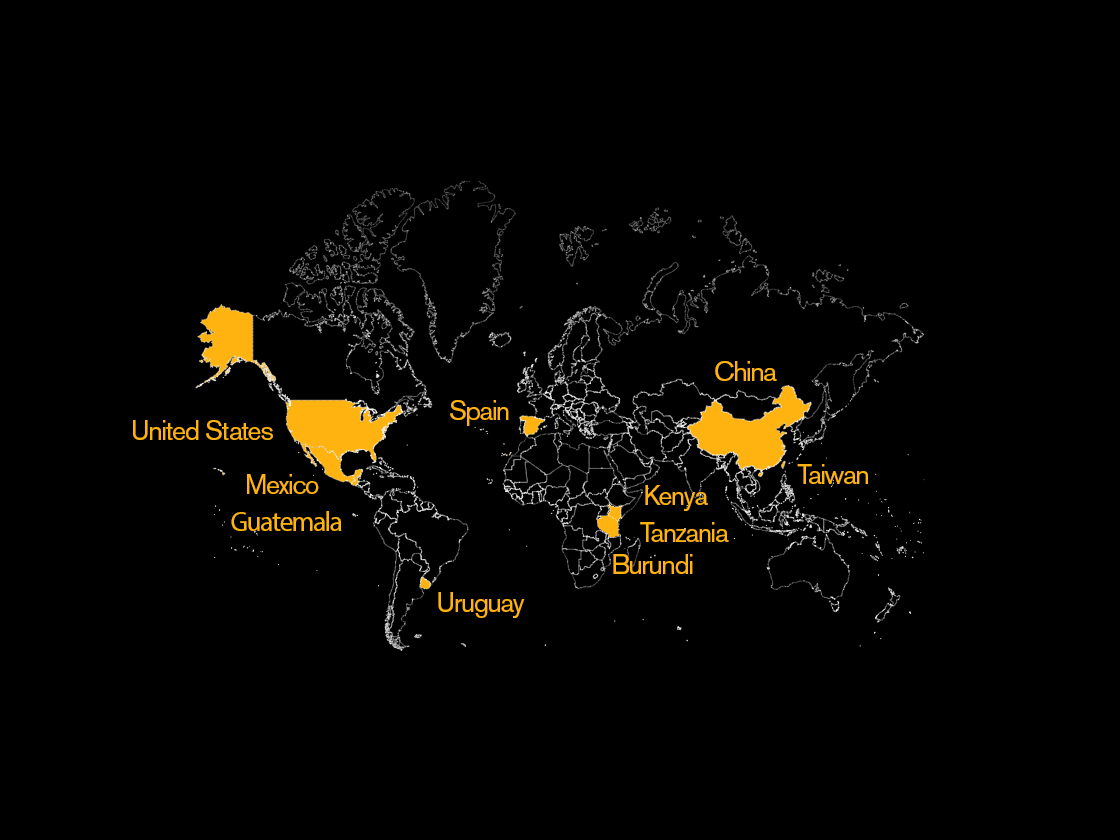Adoption of HIV-related technology in Tanzania

Medical professionals including doctors, medical officers, assistant medical officers, nurses, midwives, medical assistants, laboratory technicians, laboratory assistants, and HIV counselors actively working in healthcare in Northern Tanzania.
Flavio F. Marsiglia, PhD
Bertram Jacobs, PhD
Damien Salamone, PhD
Determine what local barriers might prevent the adoption of a new assay for HIV in Northern Tanzania. In partnership with GCAHR and HEAL International, the project collected information from medical professionals regarding patients’ adherence to HIV treatment and providers’ attitudes towards HIV/AIDS.
Participants reported information about service populations, services offered in relation to HIV, testing and treatment priorities, willingness to adopt a new HIV viral load test, and attitudes about HIV transmission.
A mixed-methods approach was employed to evaluate barriers to the adoption of HIV treatments. The needs assessment had input from medical professionals including doctors, medical officers, assistant medical officers, nurses, nurse midwives, medical assistants, laboratory technicians, laboratory assistants, and HIV counselors actively working in healthcare in Northern Tanzania.
Healthcare providers viewed HIV/AIDS as a multi-faceted disease impacted by the Microsystem (individual risk behaviors), Mesosystem (the social environment), Exosystem (structural factors), and Macrosystem (larger economic and political environment). They overlooked how healthcare providers, themselves, ameliorate or contribute to the challenges associated with HIV/AIDS. This may reflect potential stigma on the part of the medical providers and could indicate a place for effective interventions to address such stigma and a better understanding of the role that healthcare providers play in the prevention and treatment of HIV/AIDS.
Salamone, D. T. (2011). A Novel, Low-Cost Viral Load Diagnostic for HIV-1 and Assessing Barriers to Adoption of Technology in Tanzania (Order No. 3453557). Available from Dissertations & Theses @ Arizona State University; ProQuest Dissertations & Theses Global. (867843099). https://login.ezproxy1.lib.asu.edu/login?url=https://www.proquest.com/dissertations-theses/novel-low-cost-viral-load-diagnostic-hiv-1/docview/867843099/se-2